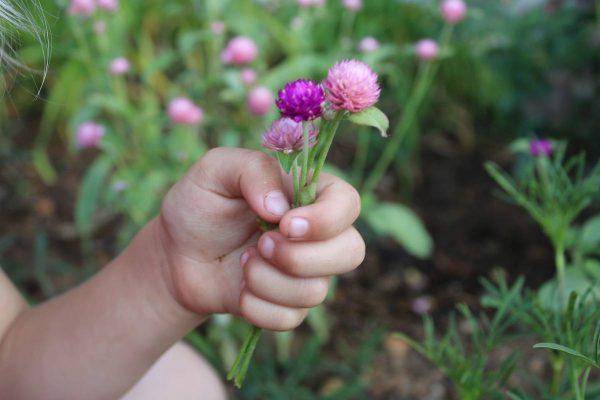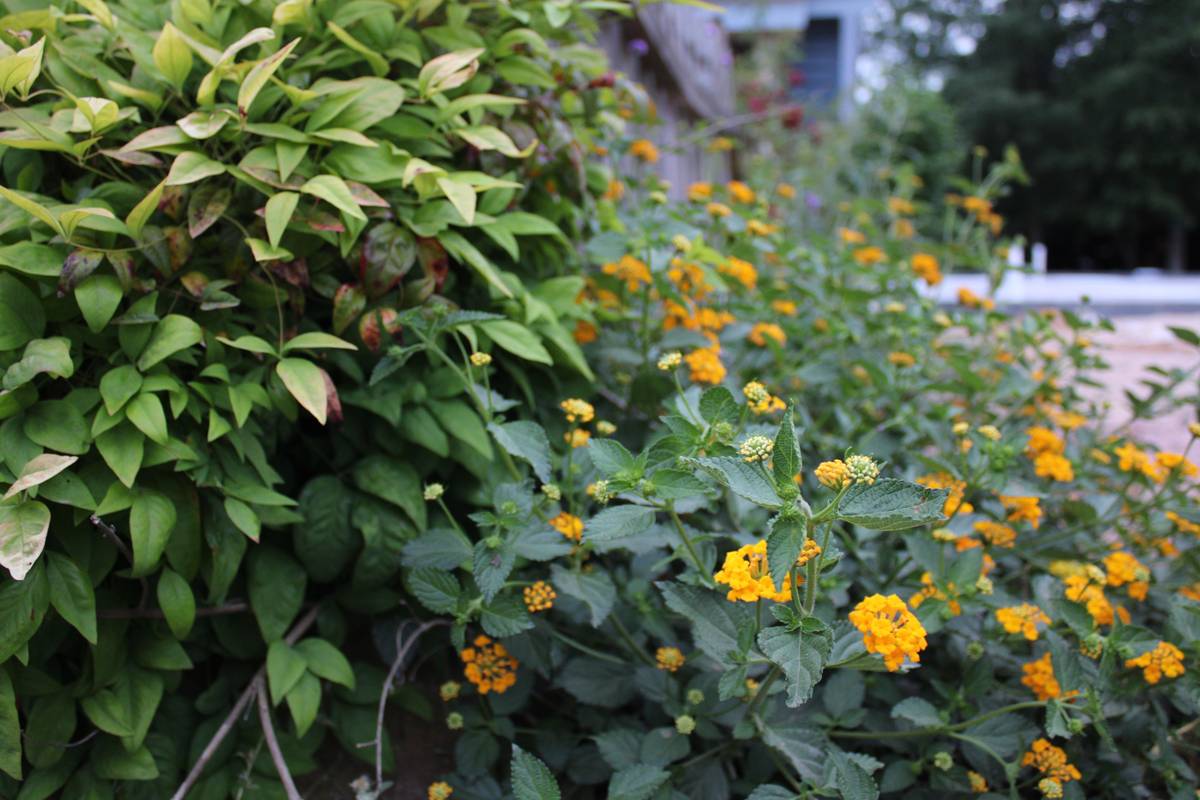
For starters, I have to admit that we Georgians don’t really get the meaning of drought. It’s hot here, and the rain can be scarce at times. But, not like some places out West. So, please take my advice in stride. It gets into the 100s here, and we experience periods with no rain, but the trees stay green.
My drought is a week or two without rain when my plants’ leaves begin to whither and curl for want of water. Our temperatures have recently begun the summer climb into the 90°s. I, personally, can feel the difference in the intensity of the heat. Many of my plants reflect the way I feel in the blazing heat. Toasted.
An Early Prediction
It’s a bit pre-emptive to make a final call, but I have a couple plants which I expect to take the heat and drought better than others. To name a few: fanflower, coneflower, globe amaranth and lantana. Now, all these flowers need water while they’re young and/or their roots are being established (i.e., newly transplanted), but after a good start, they just keep up the race.
Fanflower: Scaevola aemula
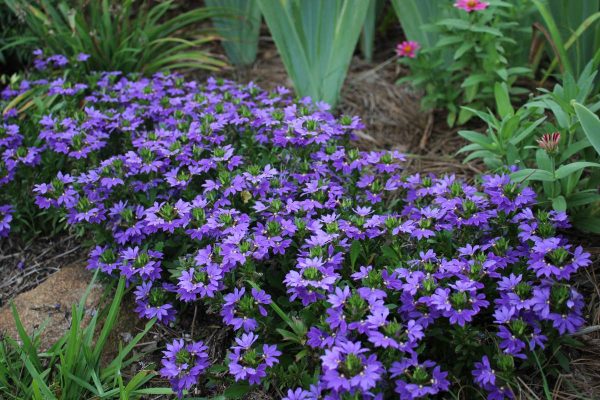
Fanflower is a lower growing plant with a sprawling growth habit. Mine start off small in the spring and gradually spread to cover an area about a 18″ by 10.” It’s a wonderful choice for the front of the border. I love it planted to overhang rocks or against a solid green foliage. It’s a bit more pricey than some annuals, that is, it might cost $5 for a four inch pot instead of $2 for a six pack, but it is well worth it’s price in both coverage and performance.
Angelonia
Another wonderful annual. It grows about 10-16″ tall and has more of a bushy growth habit. Last year I had a small patch which I had grown from seed. Sadly, I don’t have any pictures of that clan. I have a picture, though, of a combination which I saw and fell in love with last summer while vacationing on Jekyll Island.

This arrangement is just brilliant. First, there’s the color: I love the monochromatic scheme with the sparkle of white. Secondly, there’s a lively combination of two differently shaped flowers with a nicely balanced height difference. Thirdly, this is a super-hardy plant combination. Both species bloom heavily through the summer season even with little watering and intense heat. I don’t know why I haven’t lived up to my resolution to imitate this combo in my garden.
Lantana
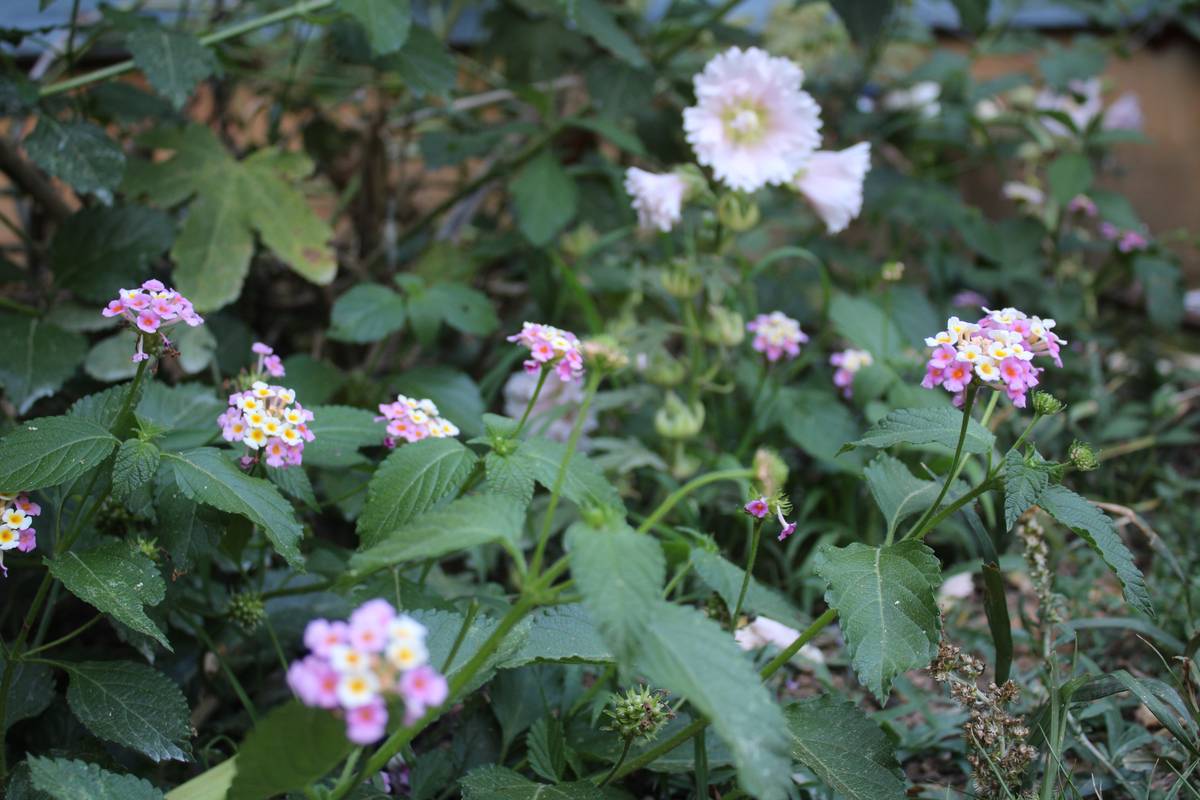
Is there anything negative to say about this plant? I’m sure there is… My only complaint is that there is such a wide variety of lantana available on the market that you have to make sure you know which type you are getting. For instance, some perennials in Georgia, while others will die and never come back with the spring. If you assume every lantana will perform like that colorful bush around your neighbor’s mailbox, you might well be disappointed. All perform well, but all have different functions (sizes, colors).
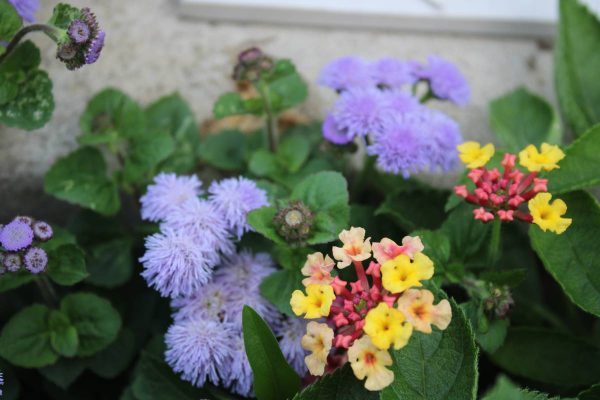
All that being said, I have been so pleased with my lantana. It’s a little slow to branch out and bloom in the spring, but once it begins to go, it nearly explodes. It’s one of the plants that grows more beautiful as the days get hotter.

Coneflowers and Globe Amaranth
As for coneflowers and globe amaranth, I only have the word of others thus far. I began plants of each from seed this year. The amaranth is taking off, bushing out and brightly blooming. The coneflowers are still miniscule. Both came to my garden through the recommendations of experts, so I have great hope for their performance. I’ll keep you posted!
